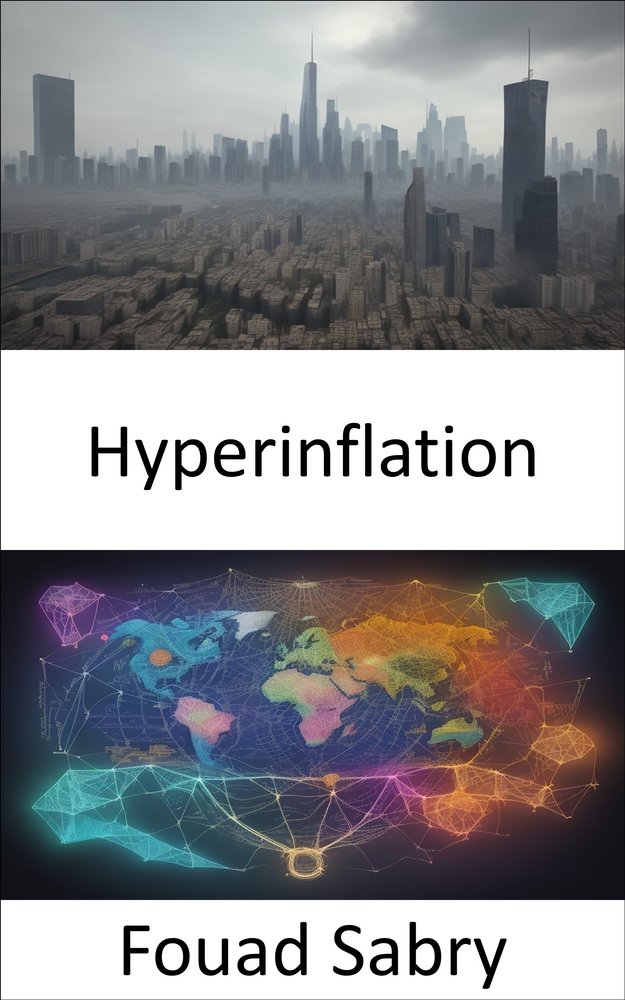What is Hyperinflation
In economics, hyperinflation is defined as inflation that is extremely high and often increases over time. Because of this, the actual value of the local currency is rapidly depreciated, as the prices of all items see an increase. People typically switch to more stable foreign currencies as a result of this, which causes them to reduce the amount of cash they possess of that particular currency. When prices are measured in stable foreign currencies, they often remain within the same range. There are enormous social and economic consequences associated with these measures, despite the fact that effective capital restrictions and currency replacement (also known as "dollarization") are the conventional techniques for putting a stop to hyperinflation in the near term. However, the problem is frequently made worse by the execution of these measures that are ineffective. With the objective of bringing inflation down gradually while reducing the societal costs of subsequent economic shocks, many governments have made the decision to try to tackle structural concerns without resorting to such measures.
How you will benefit
(I) Insights, and validations about the following topics:
Chapter 1: Hyperinflation
Chapter 2: Inflation
Chapter 3: Seigniorage
Chapter 4: Hungarian forint
Chapter 5: Iraqi dinar
Chapter 6: Venezuelan bol�var
Chapter 7: Austro-Hungarian krone
Chapter 8: Steve Hanke
Chapter 9: Chronic inflation
Chapter 10: Invisible hand
Chapter 11: Yugoslav dinar
Chapter 12: Adam Smith
Chapter 13: Redenomination
Chapter 14: Hyperinflation in the Weimar Republic
Chapter 15: Hyperinflation in Zimbabwe
Chapter 16: Banknotes of Zimbabwe
Chapter 17: Zimbabwean dollar
Chapter 18: Fiat money
Chapter 19: Zimbabwean dollar (2019�present)
Chapter 20: Hyperinflation in Venezuela
Chapter 21: Viernes Rojo
(II) Answering the public top questions about hyperinflation.
(III) Real world examples for the usage of hyperinflation in many fields.
Who this book is for
Professionals, undergraduate and graduate students, enthusiasts, hobbyists, and those who want to go beyond basic knowledge or information for any kind of hyperinflation.


